Ever wondered what to call a bunch of those adorable, giant rodents hanging out by the water? You’re not alone. As a Python developer who’s spent countless hours scraping data on wildlife, I’ve stumbled upon this quirky question more times than I can count. So, let’s dive in and uncover the mystery of what a group of capybaras is called.
The Capybara Conundrum: No Official Name?
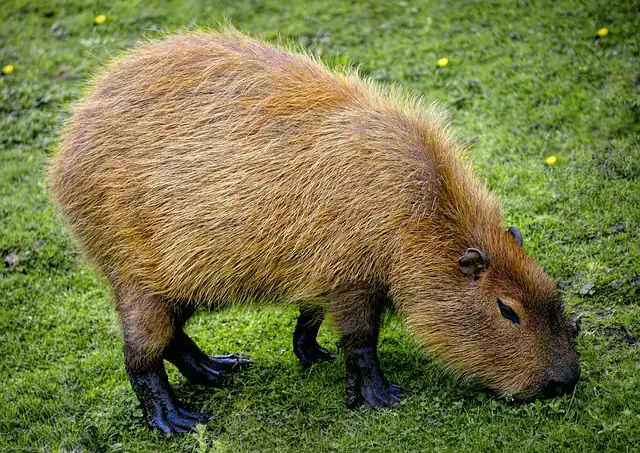
Here’s the kicker: there’s no officially recognized collective noun for capybaras. I know, right? It’s like finding a bug in your code that shouldn’t exist. But don’t worry, we’re not left high and dry.
While there’s no “official” term, the wildlife community and capybara enthusiasts have come up with some creative options. Let’s break them down:
- Herd: The most common and widely accepted term.
- Meditation: A quirky, newer suggestion gaining traction online.
- Crowd: Another simple, descriptive option.
Why “Herd” is the Go-To Term
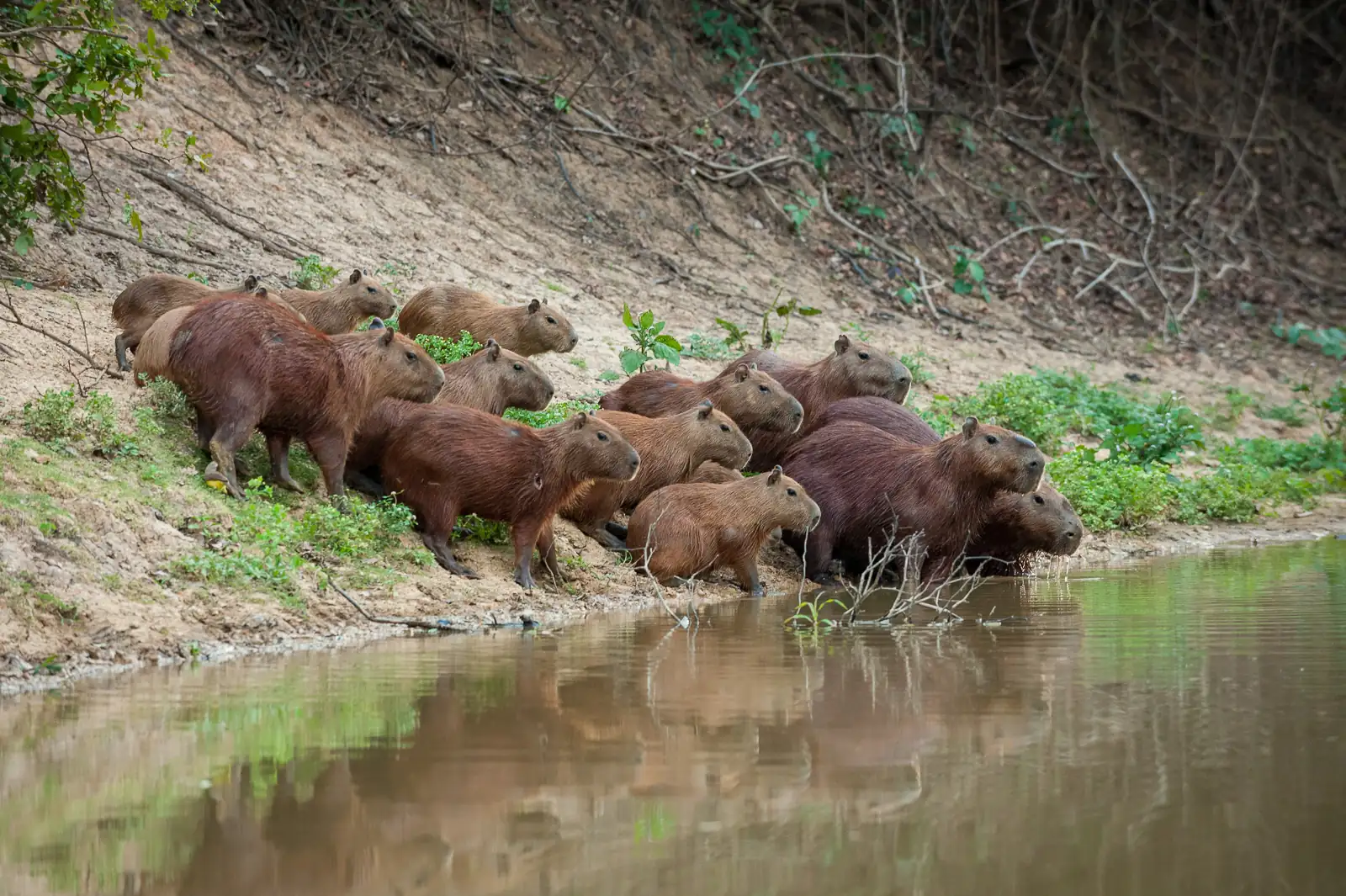
When it comes to capybaras, “herd” is the term you’ll hear most often. But why? Let’s break it down:
- Social Nature: Capybaras are highly social creatures, often found in groups of 10-20 individuals.
- Grazing Behavior: Like other herd animals, capybaras graze on grass and aquatic plants.
- Safety in Numbers: Living in herds helps protect against predators like jaguars and anacondas.
Think of it like this: if you’re scraping data on capybaras, you’re more likely to find multiple instances grouped together rather than isolated occurrences. It’s just how they roll.
The Case for “Meditation”: A Chill Alternative
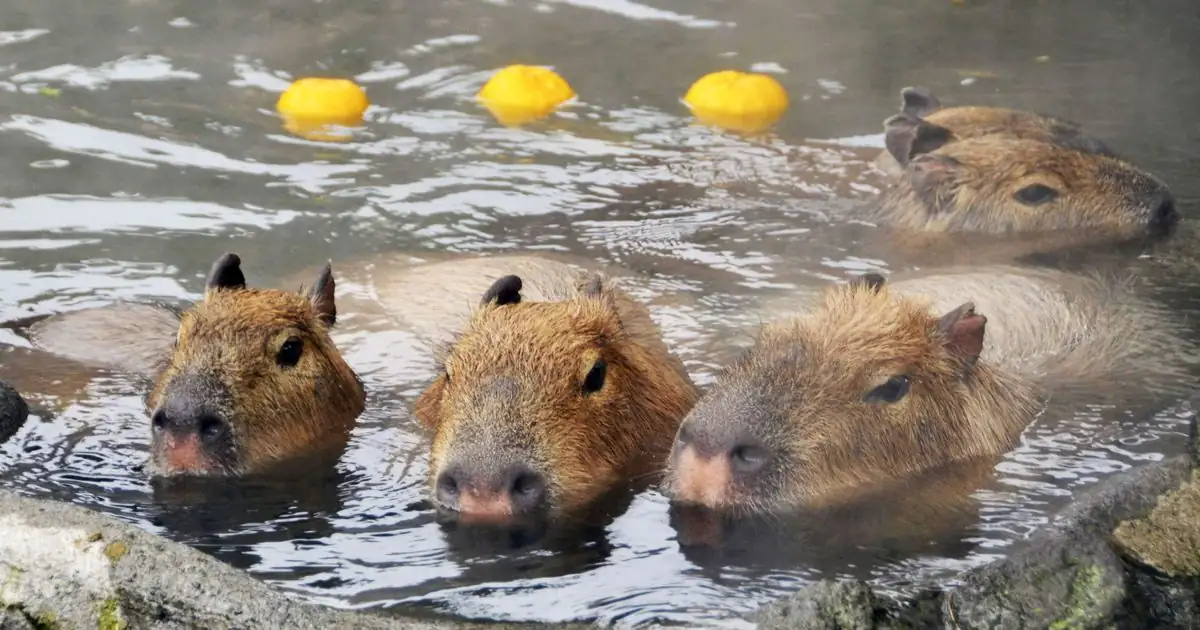
Now, here’s where it gets interesting. Some folks have started calling a group of capybaras a “meditation”. Why? Because these giant rodents are known for their chill vibes.
Imagine this: you’re by a river in South America, and you see a bunch of capybaras just lounging around, looking zen AF. That’s a meditation of capybaras right there.
Capybara Group Dynamics: More Than Just a Name
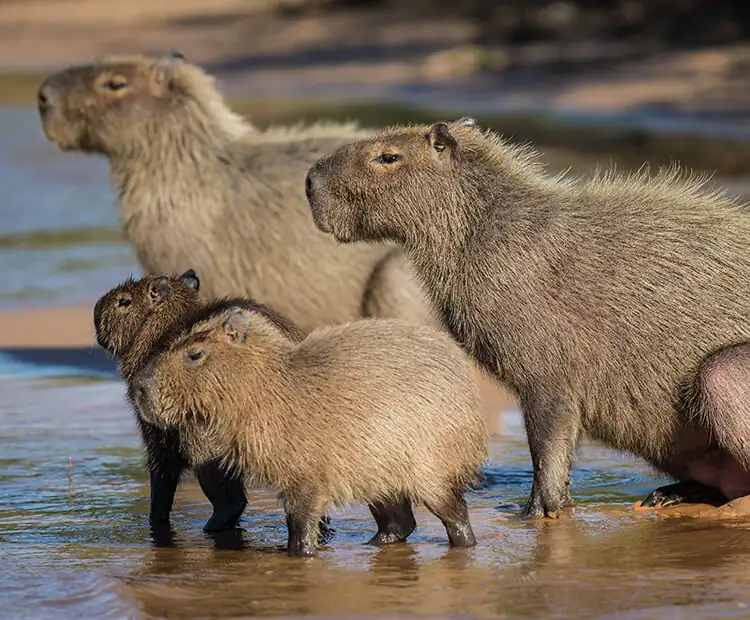
Let’s dive deeper into how these fascinating creatures live together:
- Group Size: Typically 10-20, but can reach up to 100 during dry seasons.
- Leadership: Usually led by a dominant male.
- Communication: They use various vocalizations like barks, whistles, and purrs.
It’s like they’re running their own little startup, with a clear hierarchy and communication system. As a developer, I can’t help but see the parallels to a well-organized dev team.
The Impact of Group Living on Capybara Survival
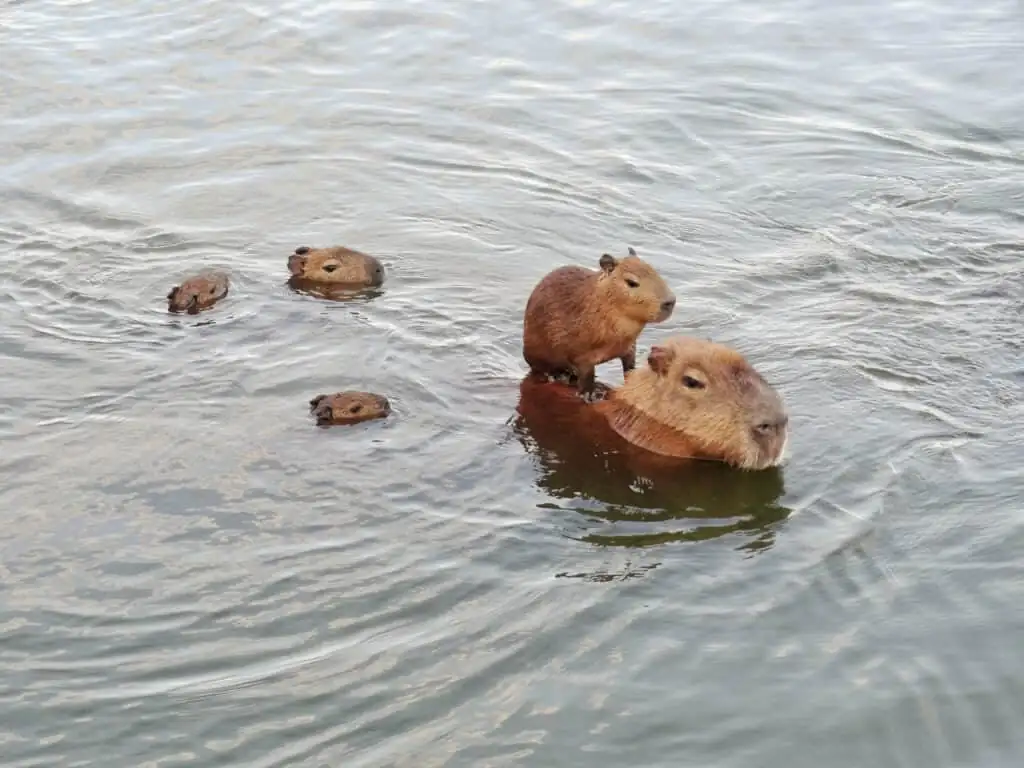
Living in groups isn’t just a social preference for capybaras; it’s a survival strategy. Here’s how it benefits them:
- Predator Detection: More eyes mean better chances of spotting danger.
- Shared Parenting: Females often nurse each other’s young.
- Efficient Foraging: They can cover more ground when searching for food.
It’s like having a distributed system for survival. Each capybara plays a role in keeping the group safe and thriving.
Capybara Groups in Different Environments
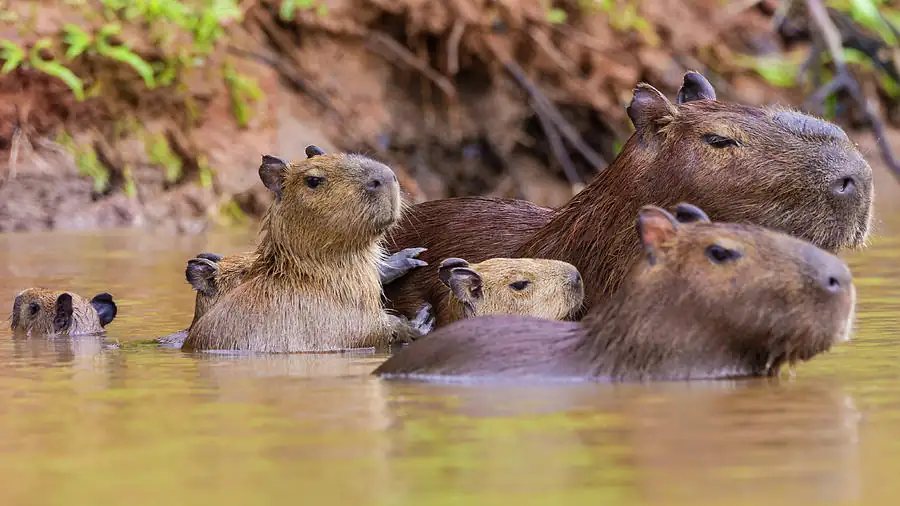
The size and behavior of capybara groups can vary depending on their habitat:
- Natural Wetlands: Smaller, more stable groups.
- Agricultural Areas: Larger groups, often seen as pests.
- Urban Settings: Adaptable groups, sometimes becoming local attractions.
As a developer, it reminds me of how different environments can affect the performance and behavior of code. Context matters, whether you’re a capybara or a Python script.
The Cultural Impact of Capybara Collectives
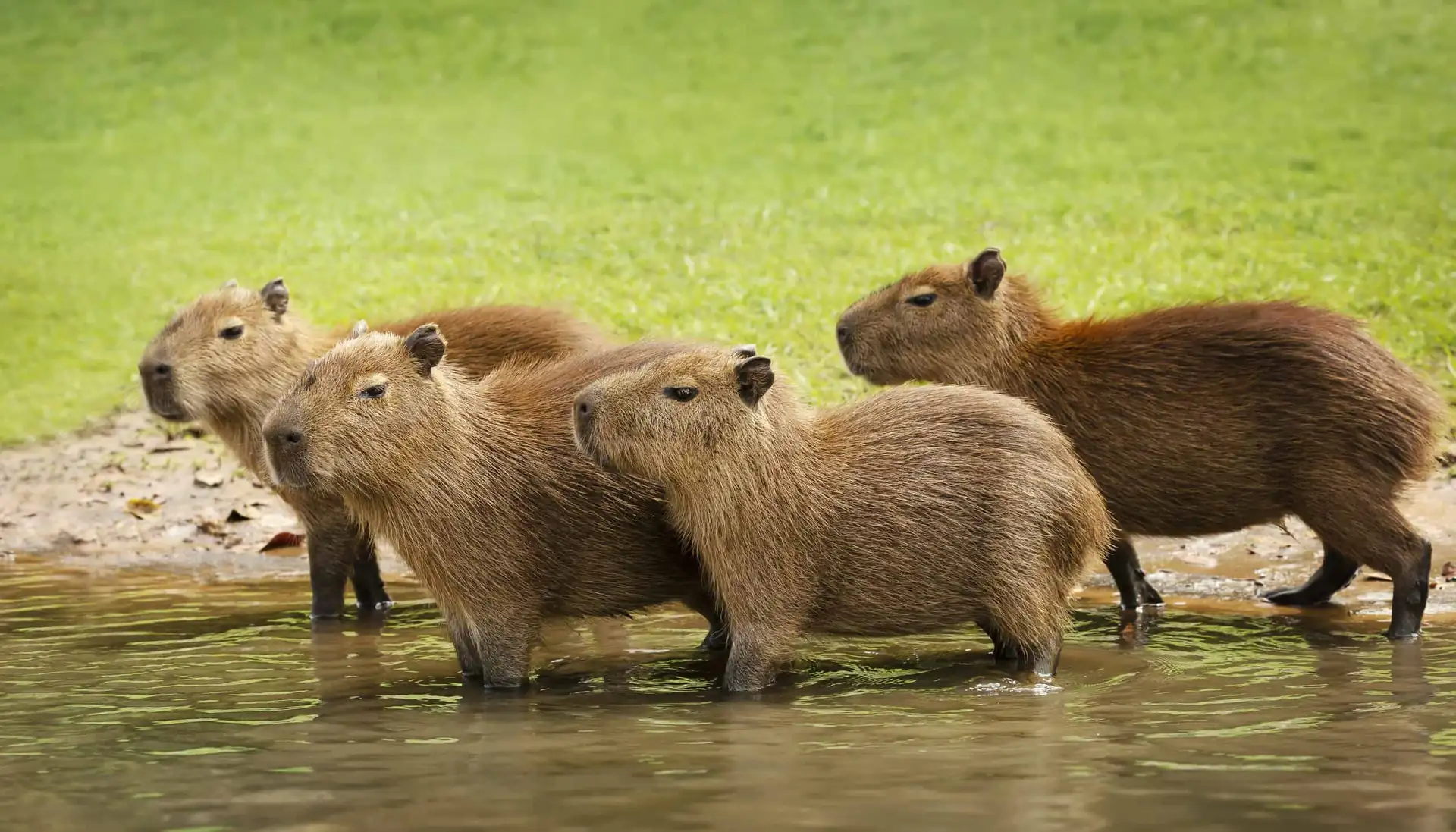
Capybaras and their group behavior have made quite an impact on popular culture:
- Memes: The “Ok I pull up” capybara memes have taken the internet by storm.
- Tourism: Capybara groups have become attractions in places like Japan.
- Conservation Efforts: Understanding group dynamics has aided in conservation strategies.
It’s fascinating how these chill rodents have captured our collective imagination. They’re like the unexpected viral hit of the animal kingdom.
FAQs About Capybara Groups
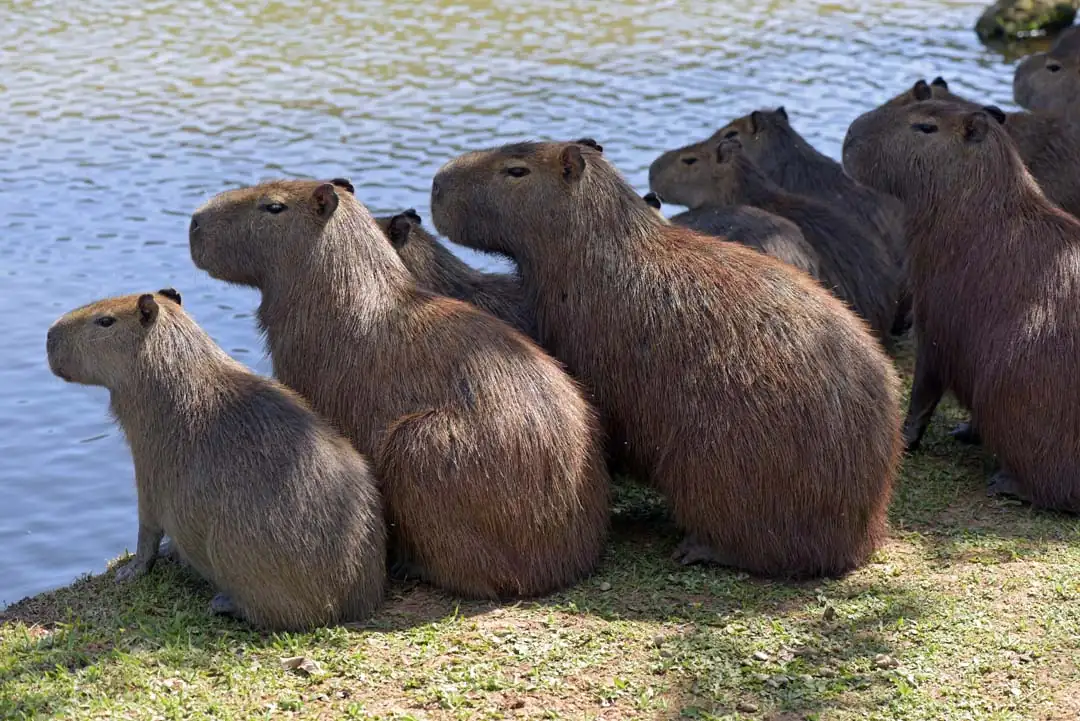
Got questions? I’ve got answers. Here are some common queries about capybara collectives:
Q: How many capybaras are usually in a group?
A: Typically, you’ll find 10-20 capybaras in a group, but this can vary based on environmental factors.
Q: Do capybaras live alone?
A: While it’s possible, it’s rare. Capybaras are highly social and prefer living in groups.
Q: Can different capybara groups mix?
A: Yes, different groups can mix, especially during dry seasons when water sources are limited.
Q: How do capybaras communicate within their group?
A: They use a variety of vocalizations including barks, whistles, clicks, and purrs.
Conclusion: What’s in a Name?
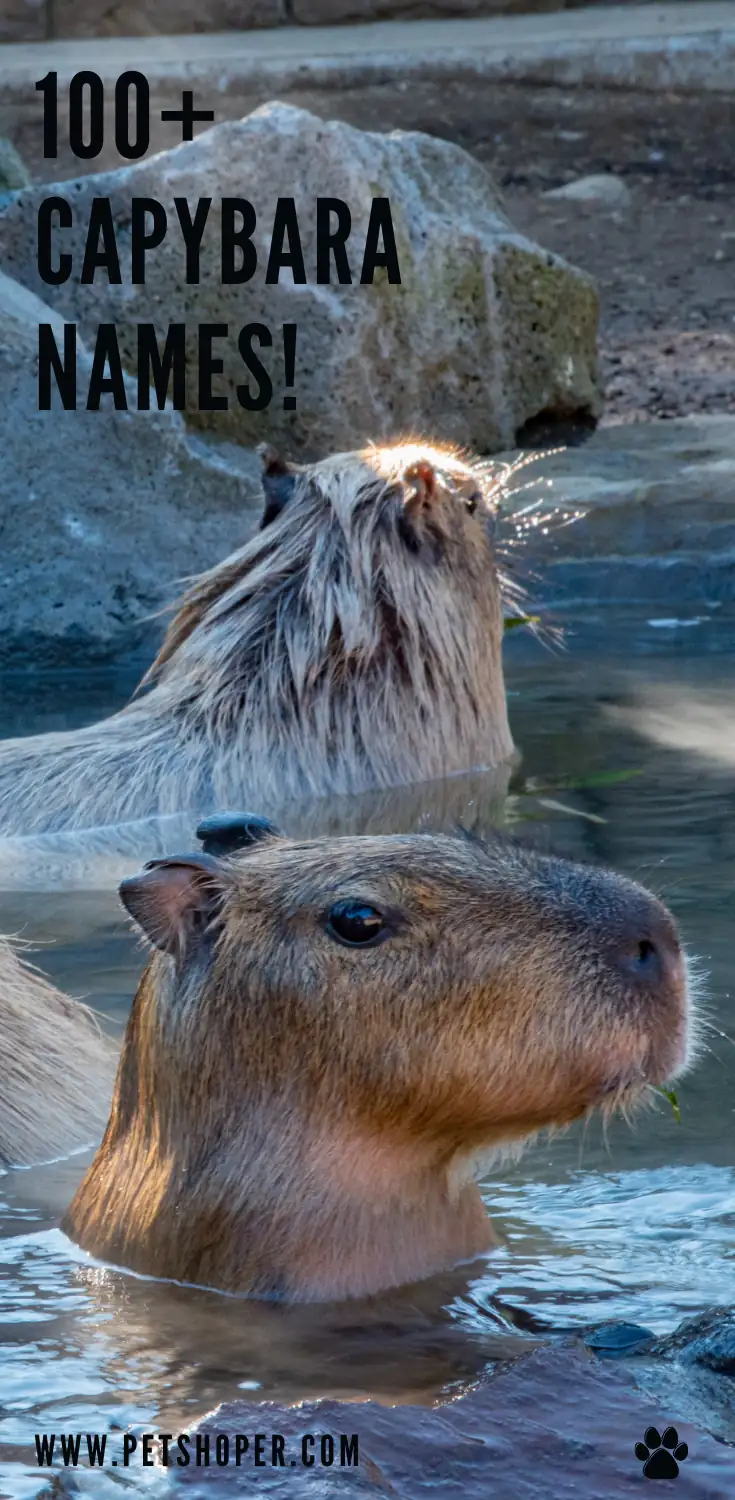
So, what do we call a group of capybaras? While “herd” is the most common term, feel free to get creative. Whether you go with “herd,” “meditation,” or come up with your own term, the key is appreciating these amazing creatures and their social nature.
Remember, in the world of capybaras, it’s all about sticking together. Whether you’re coding, scraping data, or just chilling by a river, there’s something we can all learn from these social, semi-aquatic rodents.
Next time you’re working on a project, think about the capybara. Maybe we could all benefit from a little more “meditation” in our lives, capybara-style.
